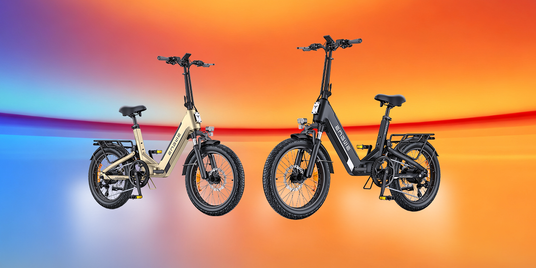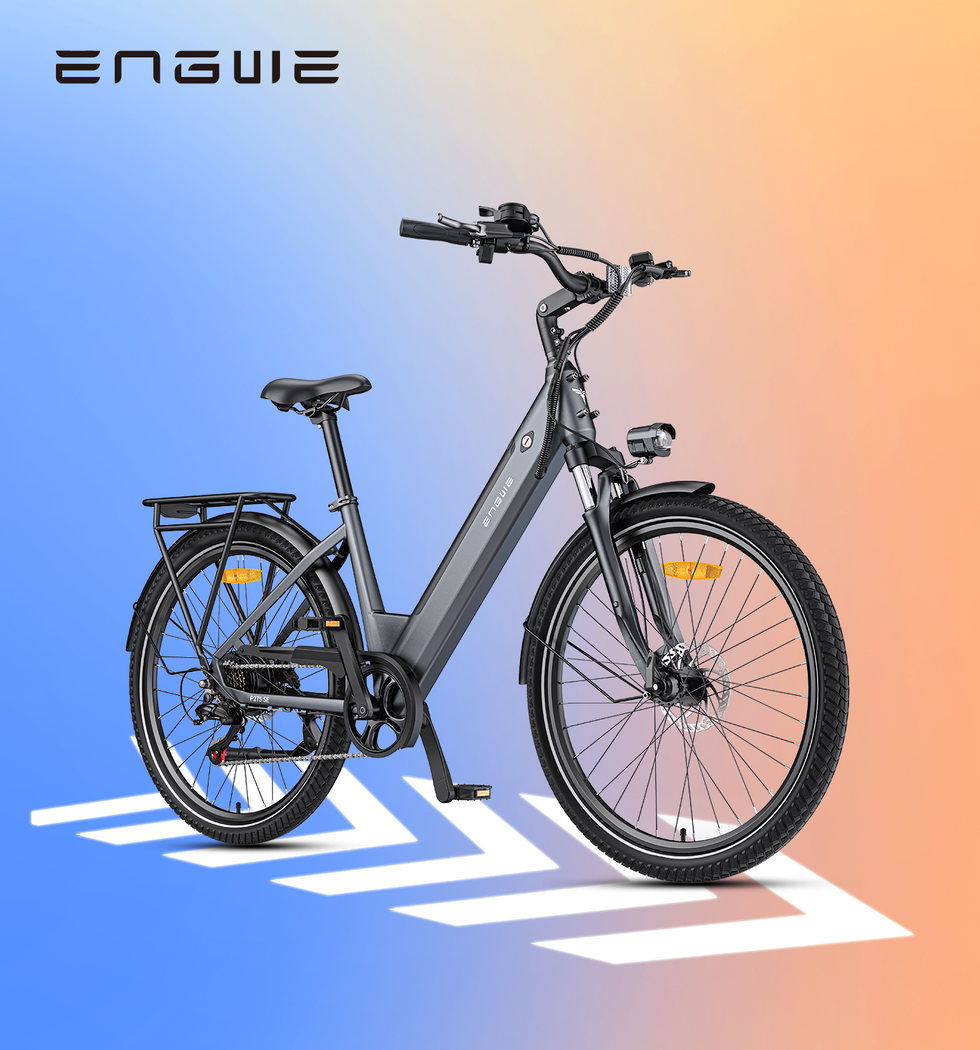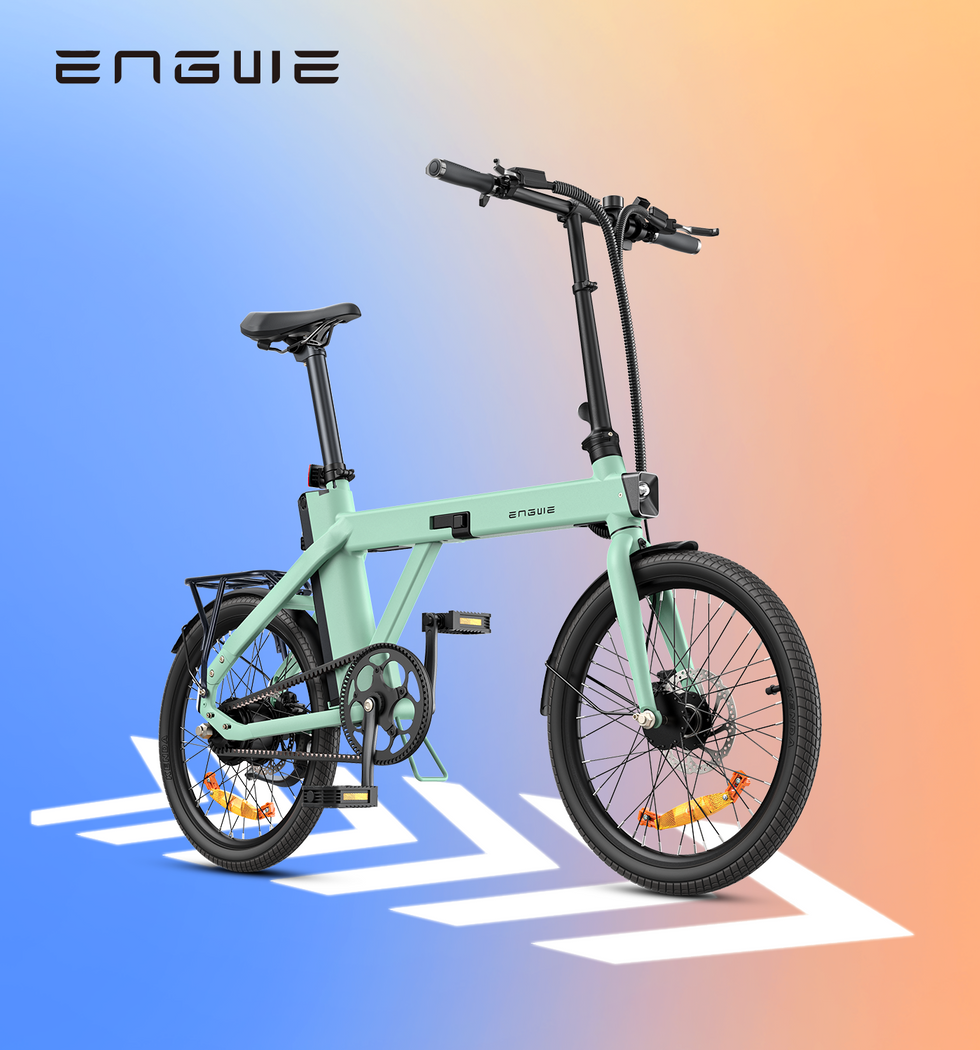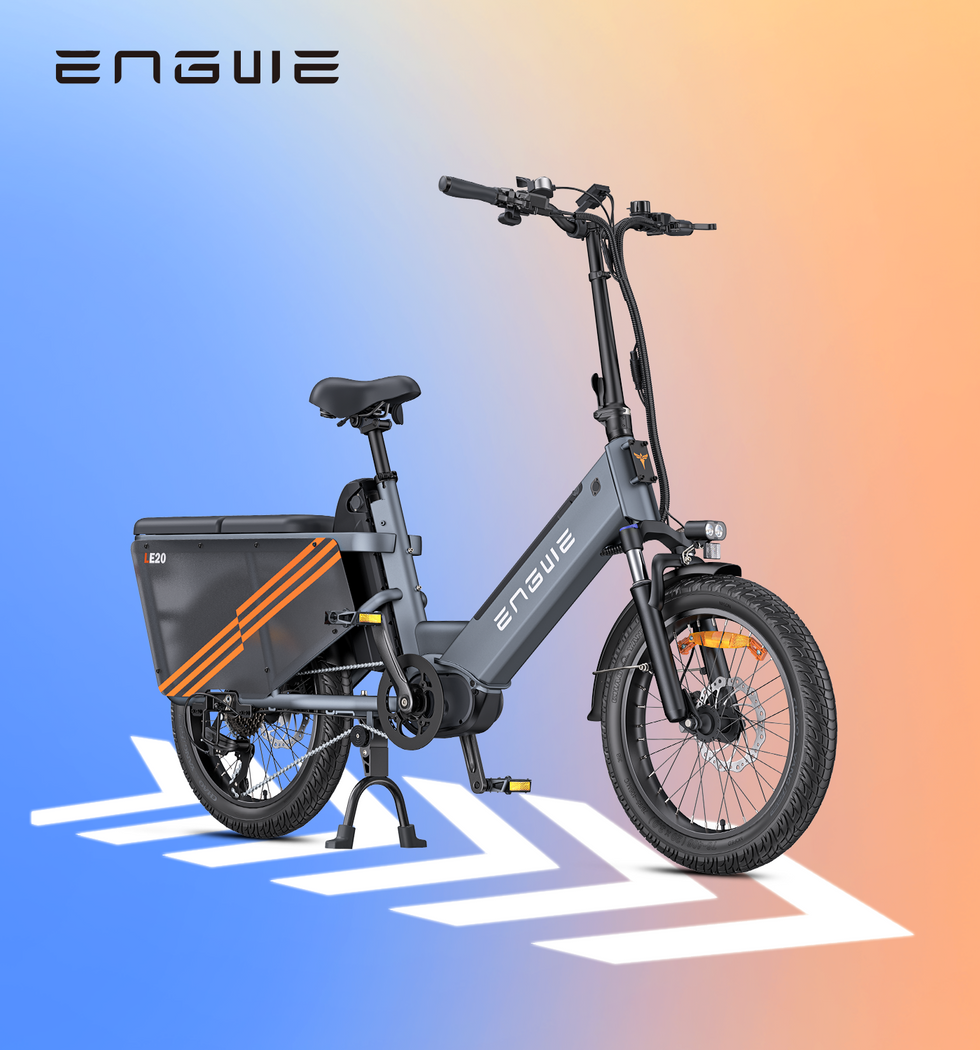The feeling is unforgettable. You push down on the pedal, expecting the familiar resistance and the slow, deliberate start of a normal bicycle. Instead, a silent, smooth surge of power meets your effort, and you glide forward with an ease that feels almost magical. This is the moment of discovery for every new electric bike rider; a mix of surprise, delight, and the sudden realisation that the world of cycling has just opened up in a way you never imagined. Your first time on an electric bike is not just a ride, it is a revelation. It transforms daunting hills into gentle slopes, long distances into pleasant journeys, and sweaty commutes into breezy adventures. But before you experience this joy, you likely have questions and a healthy dose of apprehension. This guide is designed to be your trusted companion on that first ride, turning uncertainty into pure confidence and enjoyment.
Understanding the Basics: Your E-Bike's Command Centre
Before you even sit on the saddle, it helps to understand what makes an electric bike different from a traditional one. At its heart are three key components: the motor, the battery, and the controller. Think of the battery as the fuel tank, the motor as the engine, and the controller, usually a small display on your handlebars, as your dashboard. This display is your command centre. It will typically show your speed, battery level, and most importantly, your level of pedal assist.
Pedal Assist System, or PAS, is the magic ingredient. An electric bike is not a scooter; it requires you to pedal. The system uses a sensor to detect that you are pedalling and tells the motor to provide a helping hand. Most bikes offer several levels of assistance, often from 1 (a gentle nudge) to 5 (a powerful push). For your first ride, think of these levels like gears for your effort. Level 1 is perfect for cruising on the flat, while higher levels are there to help you conquer hills or battle a strong headwind without breaking a sweat. The power cuts off smoothly when you stop pedalling or apply the brakes, ensuring you are always in control.
| PAS Level | Typical Use | Power Output |
|---|---|---|
| Level 1 | Cruising on flat ground, maximising range | Low |
| Level 2-3 | Gentle slopes, light headwinds, a balanced ride | Medium |
| Level 4-5 | Conquering steep hills, strong headwinds, maximum boost | High |
Before You Ride: The Essential Pre-Flight Check
Just like a pilot checks their plane, a quick pre-ride check will ensure your first experience is safe and smooth. It only takes a minute and builds a great habit for every ride to come.
- Brakes: Squeeze both the front and rear brake levers firmly. The bike should not move. You want to know you can stop confidently before you start going.
- Tyres: Give the tyres a firm squeeze. They should feel hard, not spongy. Underinflated tyres can make the ride sluggish and reduce battery range. Check the tyre wall for the recommended pressure.
- Battery: Ensure the battery is securely locked into the frame and has a good amount of charge for your planned journey. There is nothing worse than the assistance cutting out halfway up a hill on your first outing.
- Saddle Height: Adjust the saddle so that when you sit on it with your heel on the pedal at its lowest point, your leg is almost straight. This ensures an efficient and comfortable pedalling position.
- Helmet: This is non-negotiable. Put on your helmet and make sure it is fitted correctly; snug but not tight, with the straps forming a 'V' shape just below your ears.

Your Maiden Voyage: A Step-by-Step Guide
Find a quiet, open space for your first try, like an empty car park or a quiet park path. This gives you room to get a feel for the bike without the pressure of traffic.
- Start with Zero Assistance: Begin by riding the bike with the power turned off or set to level 0. This lets you feel the bike's weight and handling characteristics without any motor interference. Pedal for a few metres and practice using the brakes.
- Engage Level One: Come to a stop. Now, select the lowest level of pedal assist (PAS 1). Start pedalling gently. You will immediately feel that smooth surge as the motor kicks in. It might surprise you, so be prepared. Pedal around slowly, feeling how the power is delivered in response to your pedalling.
- Practice Braking: Electric bikes are heavier and often faster than standard bikes, so your stopping distance will be longer. Practice braking gently from a low speed, using both brakes evenly. Get a feel for how much pressure is needed to come to a smooth, controlled stop.
- Experiment with Assist Levels: Once you feel comfortable, try cycling through the different PAS levels. Notice how each level adds more power and requires less effort from you. Find a small incline and see how a higher assistance level makes it feel almost effortless.
- Practice Turning: The weight of an electric bike can make it feel a little different in corners. Practice making wide, gentle turns at a low speed. Remember to look where you want to go, and the bike will follow.
Choosing Your First Companion: Why the ENGWE EP-2 Boost Shines
When you are starting out, the sheer number of electric bike options can be overwhelming. You need a bike that is forgiving, confidence-inspiring, and versatile enough to grow with you. This is where a model like the ENGWE EP-2 Boost truly excels as a superb choice for newcomers. What makes it stand out is its intelligent design, which directly addresses the concerns of a first-time rider. It features a smart Torque Sensor, which delivers power in an incredibly smooth and intuitive way. Instead of a sudden, jerky start, the bike measures how hard you are pedalling and matches the assistance perfectly, making it feel like your own strength is simply being amplified. For new riders, this creates a predictable and controlled experience. When you face your first real hill, the dedicated Boost button provides a confidence-inspiring surge of power, drawing on the 55Nm of torque from the EU-legal 250W motor to propel you uphill with ease. The stability offered by its robust 20 x 4.0 fat tyres is another game-changer, giving you a secure footing on everything from smooth tarmac to bumpy gravel paths or wet roads. Furthermore, the powerful 180mm front and rear disc brakes provide reliable stopping power, a crucial safety feature when you are getting used to the bike's speed. And when your ride is over, the EP-2 Boost’s foldable frame makes storage incredibly simple, perfect for those with limited space. It is a bike designed not just to perform, but to welcome you into the world of electric cycling.


Navigating the Nuances: Tips and Common Beginner Pitfalls
Once you have mastered the basics, a few extra tips will help you ride like a pro and avoid common mistakes.
- Battery Management is Key: Your bike's range is affected by many factors: your weight, the terrain, wind, and how much you use the higher assist levels. To maximise your range, use the lowest assist level that is comfortable for the conditions and change gears just as you would on a normal bike. Avoid letting your battery drain completely, as this can affect its long-term health.
- Corner with Care: The added weight and speed of an electric bike change how you should approach corners. The golden rule is to do all your braking *before* you enter the turn. Slow down to a safe speed, then coast through the corner, and only start pedalling again as you begin to straighten up.
- Respect the Speed: It is easy to find yourself travelling faster than you would on a regular bike. Be mindful of your speed, especially in busy areas or on shared paths. Always give yourself more time and distance to stop.
- Be Seen and Heard: You will be moving faster and more quietly than other cyclists. Make sure you are visible by using lights, even during the day. Do not assume pedestrians or drivers have seen you. A friendly ring of your bell can be very helpful.
Riding Legally and Safely in the UK
In the UK, electric bikes (or Electrically Assisted Pedal Cycles, EAPCs) have a few simple rules to be road-legal. The motor must have a maximum power output of 250 watts, and the electrical assistance must cut out when you reach 25 km/h (15.5 mph). You must be pedalling for the motor to provide assistance. If a bike meets these criteria, you can ride it anywhere a normal bicycle is allowed. You do not need a licence, insurance, or vehicle tax. You must be over 14 years old to ride an EAPC on public roads. While helmets are not a legal requirement for adults, they are strongly recommended for your own safety. Following the Highway Code, using hand signals, and riding with consideration for others are all essential for a safe and enjoyable journey.
Your first electric bike ride is the start of a new chapter of freedom and discovery.
Frequently Asked Questions
-
Will I still get a good workout on an electric bike?
Absolutely. This is one of the biggest misconceptions. An electric bike is not a motorbike; it assists your pedalling, it does not replace it. You are always in control of how much effort you put in. You can choose a low level of assistance and get a workout similar to a regular bike, or use higher levels to help you tackle hills or long distances you might otherwise have avoided. Studies have shown that e-bike riders often cycle more frequently and for longer distances than conventional cyclists, leading to significant overall health benefits. -
How far can I actually go on a single battery charge?
The advertised range, such as the impressive 120 km for the ENGWE EP-2 Boost, is typically calculated under ideal conditions using the lowest pedal assist level on flat terrain with a lightweight rider. In the real world, your actual range will depend on several factors: the assist level you use most, the number of hills on your route, your weight, the tyre pressure, and even the outside temperature. A realistic expectation for mixed-terrain riding with varied assist levels is usually around 50-70% of the maximum stated range, which is still a very significant distance for most daily needs. -
Do I have to pedal an electric bike all the time?
Yes, for a bike to be legally classified as an EAPC in the UK, the motor can only activate when you are pedalling. The system is designed to augment your own effort. Some bikes sold elsewhere may have a throttle that allows them to move without pedalling, but these are classified differently in the UK and are not legal to use on public roads without being registered, taxed, and insured like a moped. The pedal assist system is what keeps it legally a bicycle. -
Are electric bikes very heavy and difficult to manage?
Electric bikes are heavier than their non-electric counterparts due to the motor and battery, with many weighing between 20-30 kg. While you can feel this weight when lifting the bike, it becomes almost unnoticeable once you are riding because the motor's assistance more than compensates for it. The weight can actually make the bike feel more stable and planted on the road. For storage and transport, models like foldable electric bikes offer a great solution, as they can be made much more compact for carrying or placing in a car boot. -
What basic maintenance does an electric bike require?
The maintenance is very similar to a regular bicycle. The most important tasks are keeping the chain clean and lubricated, ensuring your tyres are inflated to the correct pressure, and regularly checking your brakes for wear. For the electrical components, the main task is battery care. It is best to avoid extreme temperatures, charge it regularly, and not leave it completely empty or fully charged for extended periods of storage. Most bike shops are now fully equipped to service the mechanical parts of an e-bike.



